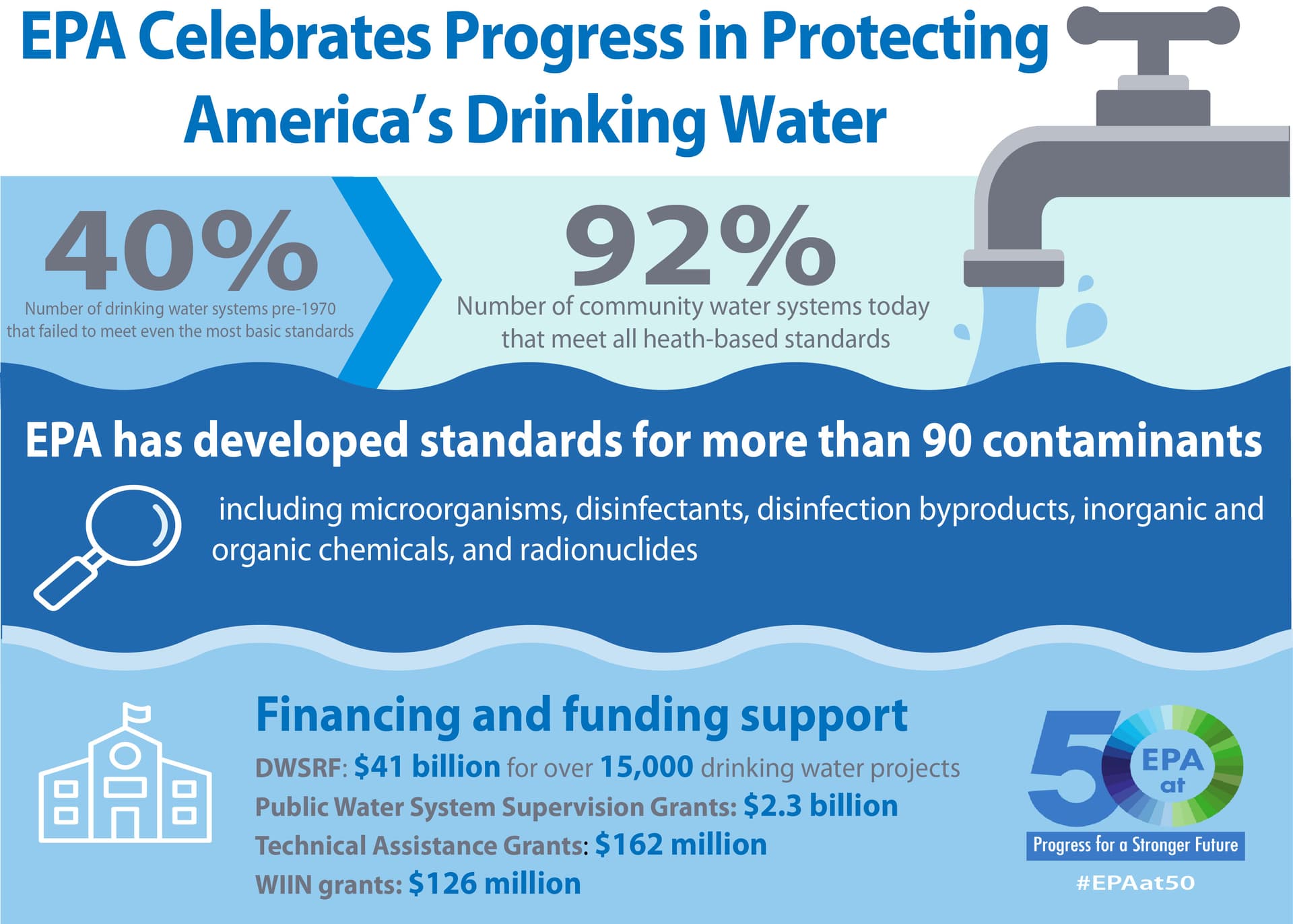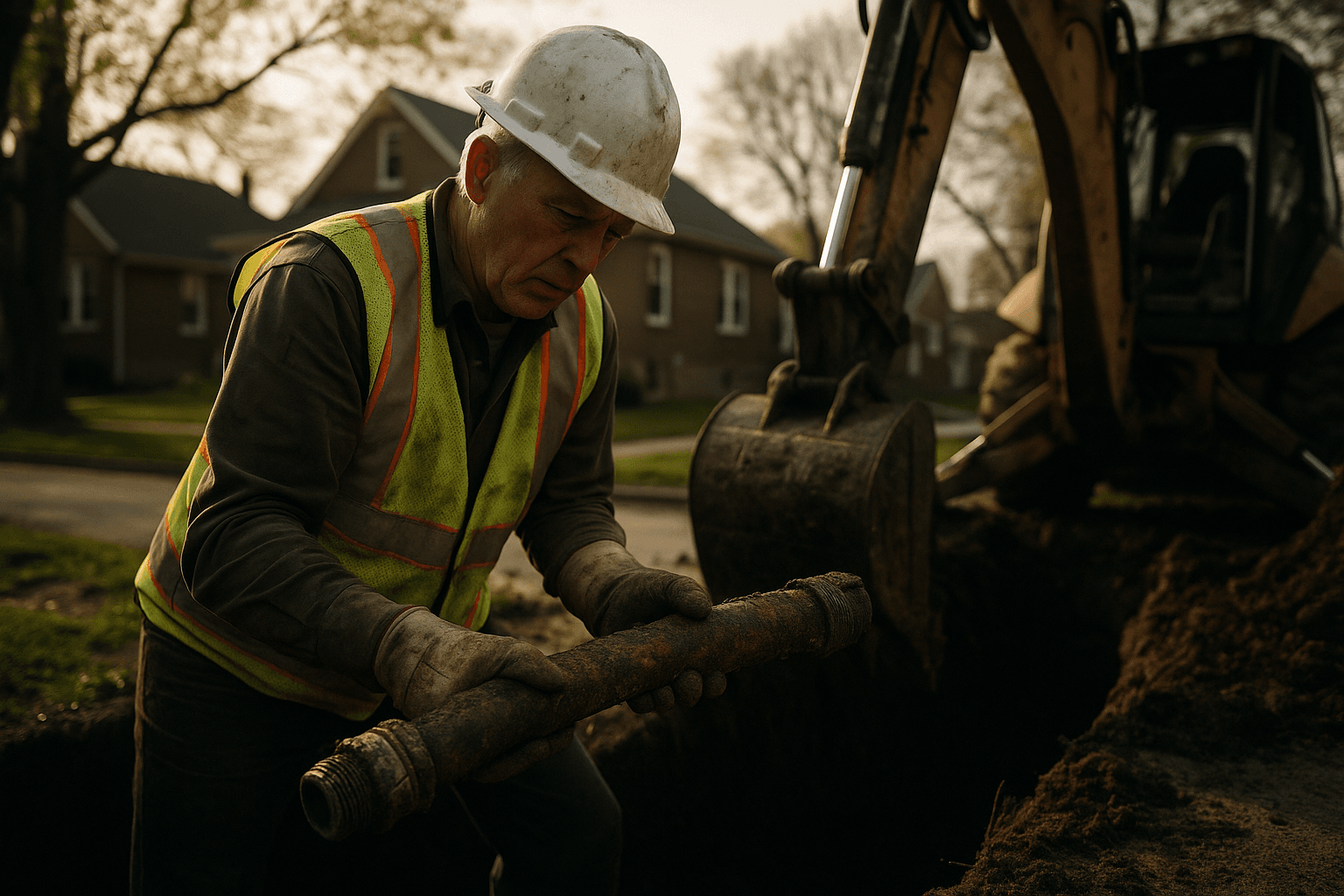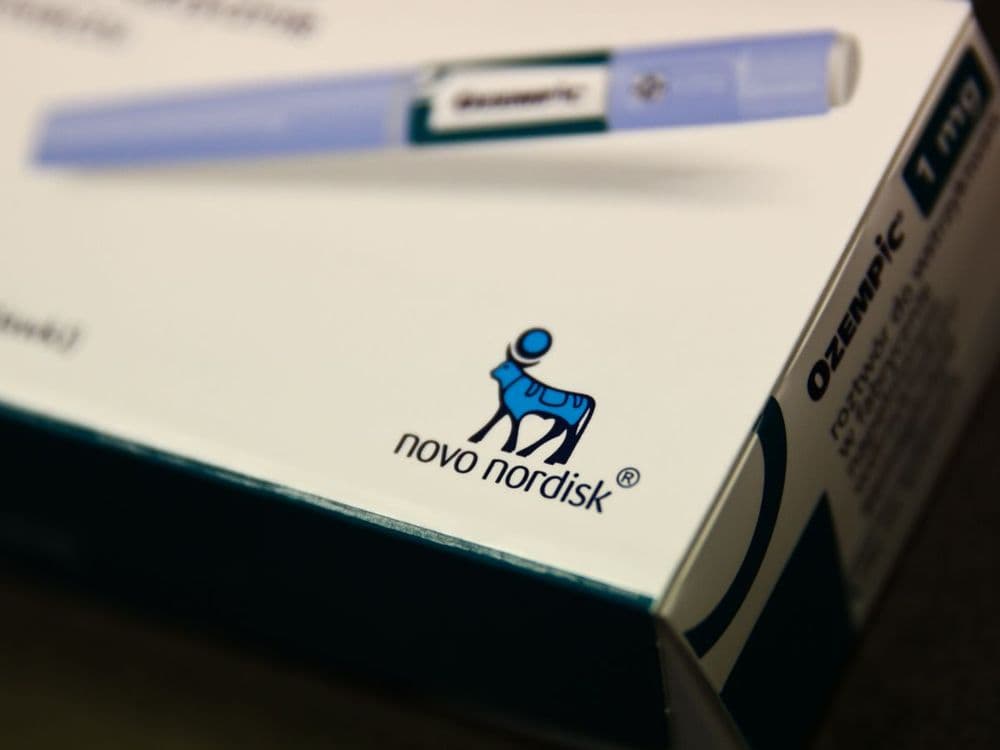EPA Announces $3 Billion to Remove Lead Service Lines Nationwide
The Environmental Protection Agency is providing $3 billion to states to accelerate the detection and removal of lead service lines that deliver drinking water to homes, schools and businesses. The funding, together with $1.1 billion made available from prior pledges, aims to cut childhood lead exposure and strengthen testing, mapping and replacement efforts across the country.

The Environmental Protection Agency announced today that it will provide $3 billion in new funding to U.S. states to help locate and remove lead service lines that carry drinking water to homes, schools and businesses. The agency said an additional $1.1 billion in previously pledged funds will also be released, bringing fresh federal resources to efforts intended to accelerate replacement of the estimated millions of remaining lead service lines and reduce childhood lead exposure.
EPA officials framed the initiative as a public health intervention, directing money toward testing, mapping and replacement activities that are essential to identify where hazardous service lines remain. The move responds to longstanding concern among public health experts and community advocates that lead in drinking water continues to pose developmental risks for children, including reduced IQ and behavioral problems.
The funding will be distributed to states to support a variety of tasks. Testing programs will expand surveillance of water supplies and help prioritize communities with elevated risk. Mapping efforts are expected to create clearer inventories of where lead pipes remain, a persistent obstacle to efficient replacement because records of early 20th century infrastructure are often incomplete. Replacement funds will be used to remove pipes that connect water mains to buildings, a critical source of lead contamination even when water sent from treatment plants meets safety standards.
Officials said the program seeks to speed progress, but significant logistical and legal questions remain. Many lead service lines traverse both public and private property, and responsibility for replacement costs can be split between utilities and homeowners. States and local utilities will need to coordinate financing, outreach and permitting, and in many communities outreach will be required to ensure residents understand the health reasons for testing and replacement work.

Equity concerns are central to the policy debate. Low income neighborhoods and communities of color have borne a disproportionate share of lead exposure in past crises. Targeted funding and technical assistance will be necessary to reach areas that lack local resources for large scale replacement programs. The EPA said funds are intended to help states address such disparities by enabling testing and mapping that reveal where interventions are most needed.
Federal officials are positioning the new funding as a complement to existing programs and as a way to hasten removal of the remaining lead infrastructure. While the announcement does not spell out a precise national timeline for full removal of lead service lines, it is the latest in a series of federal steps to confront a problem that has persisted for decades.
Public health experts said the infusion could reduce future exposure if it is matched with clear priorities, rapid deployment and strong state and local partnerships. The effectiveness of the program will hinge on how quickly states can translate federal dollars into on the ground testing and replacement, and how they resolve the practical costs of removing pipes that cross private property lines. The EPA’s funding announcement is likely to prompt new activity in states as local officials weigh plans to inventory, test and replace lead service lines in the months ahead.


